In the world of motorsport, some race cars become legends not because of the titles they win, but because of the potential they showed and the stories they left behind. These machines often pushed the boundaries of technology and design, yet for various reasons, they never clinched a championship. Here, I explore ten remarkable race cars that, despite their brilliance, never secured a title.
Ferrari 412 T2
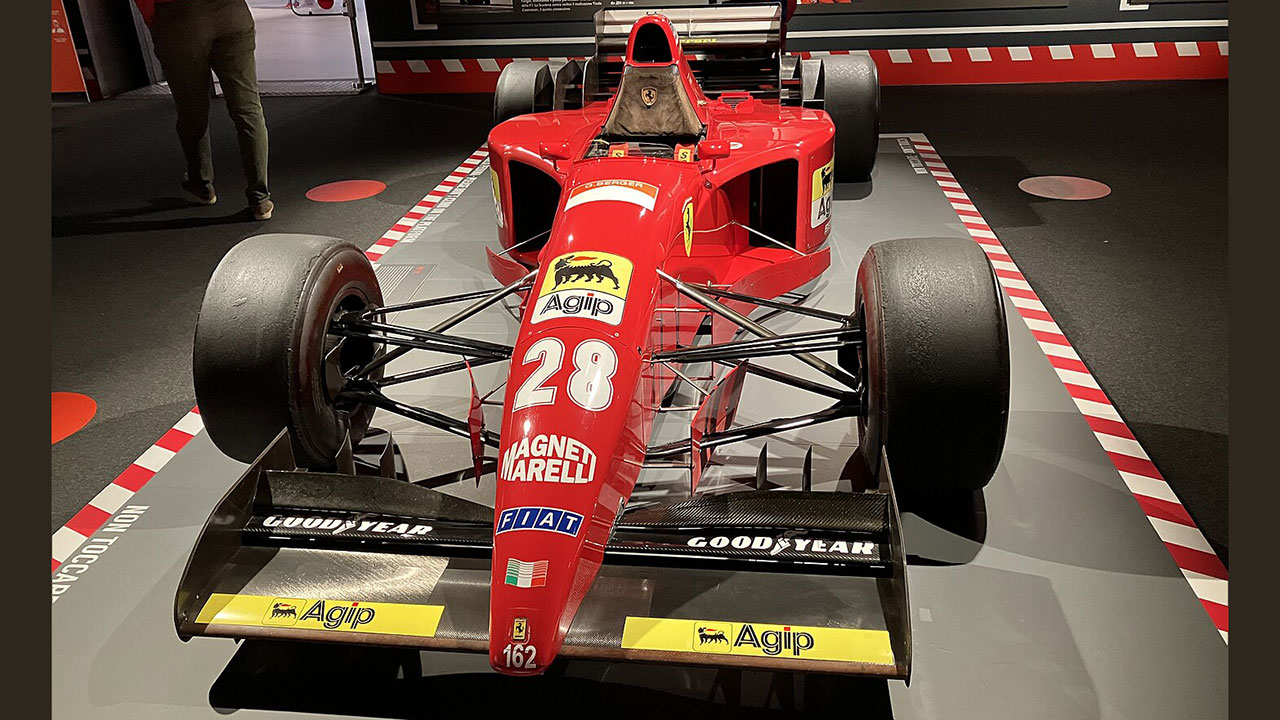
The Ferrari 412 T2 was a standout in the 1995 Formula 1 season, driven by Jean Alesi and Gerhard Berger. It was the last Formula 1 car to feature a V12 engine, a hallmark of Ferrari’s engineering prowess. Despite its powerful engine and aerodynamic design, the 412 T2 struggled against the dominant Benetton and Williams teams. Alesi’s win at the Canadian Grand Prix was a highlight, but the car’s reliability issues and strategic missteps kept it from achieving championship glory.
Ferrari’s 412 T2 was a fan favorite, known for its distinctive sound and aggressive styling. However, the car’s performance was inconsistent, and it often fell short in qualifying, which hampered its race-day potential. The 412 T2 remains a symbol of Ferrari’s transition period in the mid-1990s, bridging the gap between the old V12 era and the more modern V10 engines that followed.
McLaren MP4/18
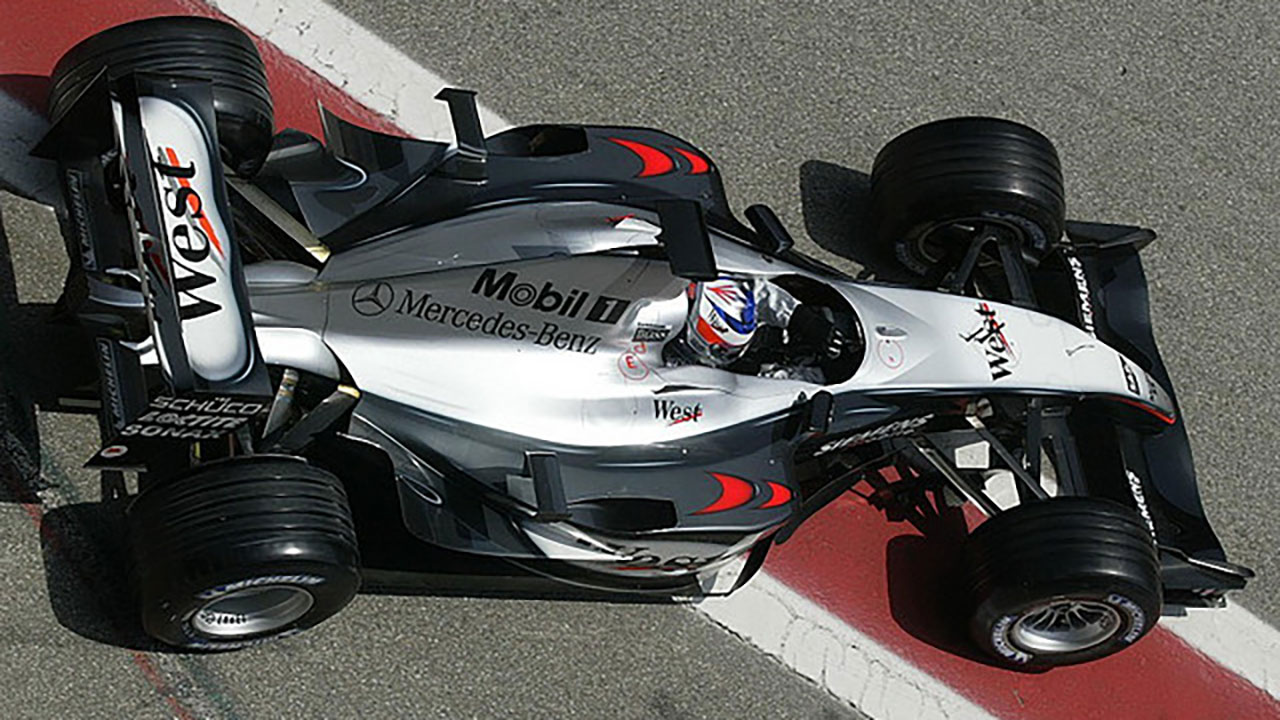
The McLaren MP4/18 was an ambitious project that never saw a competitive race. Designed for the 2003 Formula 1 season, it was intended to be a technological leap forward. However, the car was plagued by reliability issues and failed crash tests, leading McLaren to continue using the previous year’s MP4/17D for the season.
Despite its potential, the MP4/18’s development was fraught with challenges. The car’s radical design included a low-slung nose and innovative aerodynamics, but these features contributed to its instability and safety concerns. The lessons learned from the MP4/18 were crucial in developing the successful MP4/19, which competed in the 2004 season.
Lotus 88

The Lotus 88 was a groundbreaking Formula 1 car introduced in 1981, featuring a dual-chassis design intended to maximize ground effect. However, it was banned before it could compete, as rival teams argued it violated the spirit of the regulations.
Despite its short-lived existence, the Lotus 88 showcased Colin Chapman’s innovative approach to engineering. The car’s design aimed to separate the aerodynamic and mechanical functions, allowing for better performance on track. Although it never raced, the Lotus 88 remains a fascinating example of how innovation can sometimes clash with regulatory boundaries in motorsport.
Toyota TS010
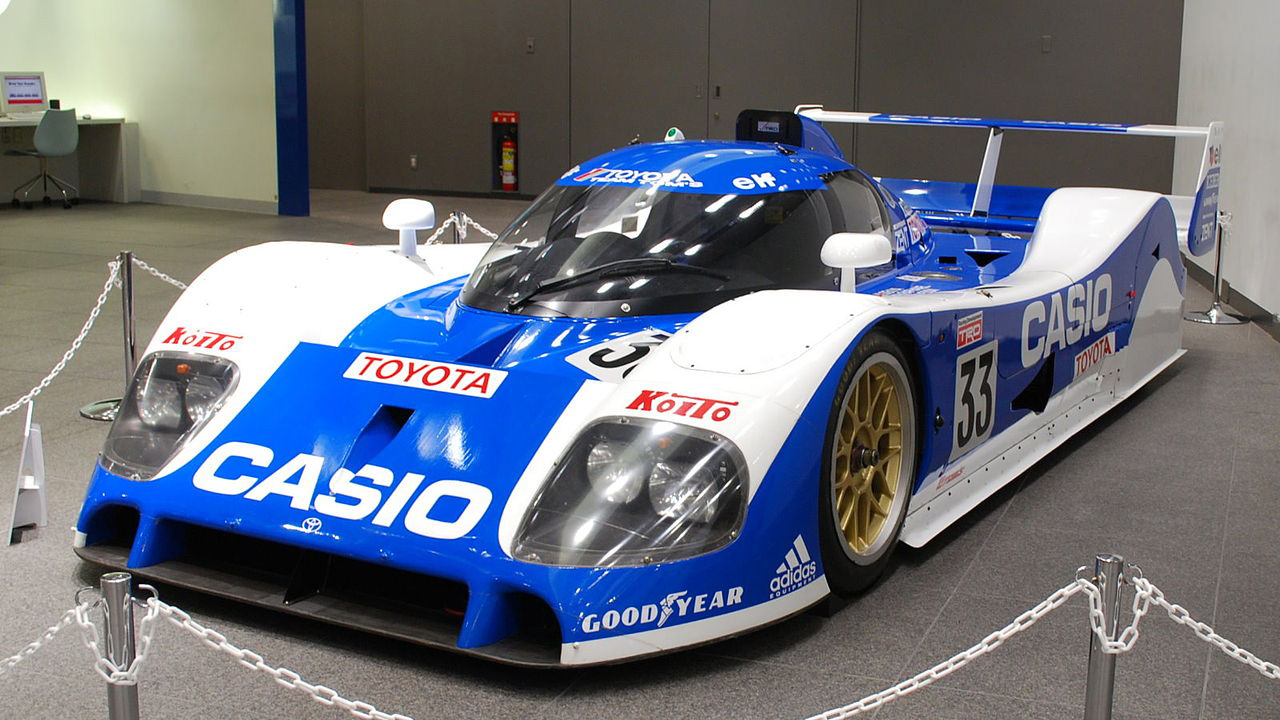
The Toyota TS010 was a Group C prototype sports car that competed in the early 1990s. It was Toyota’s response to the dominance of European manufacturers in endurance racing. The TS010 featured a 3.5-liter V10 engine and showcased impressive speed and reliability.
Despite its potential, the TS010 never secured a championship, largely due to the fierce competition from Peugeot and Jaguar. The car’s best result came at the 1992 24 Hours of Le Mans, where it finished second. The TS010 laid the groundwork for Toyota’s future successes in endurance racing, including their eventual triumphs at Le Mans.
Brabham BT55

The Brabham BT55, introduced in the 1986 Formula 1 season, was a radical departure from conventional design. Known as the “skate,” it featured a low-profile design aimed at reducing drag and improving aerodynamics. However, the car struggled with reliability and handling issues.
Despite its innovative approach, the BT55 was hampered by its BMW engine’s lack of power and the team’s financial difficulties. The car’s low center of gravity and unique design were ahead of their time, influencing future Formula 1 car designs. Unfortunately, the BT55’s potential was never fully realized on the track.
Williams FW07D
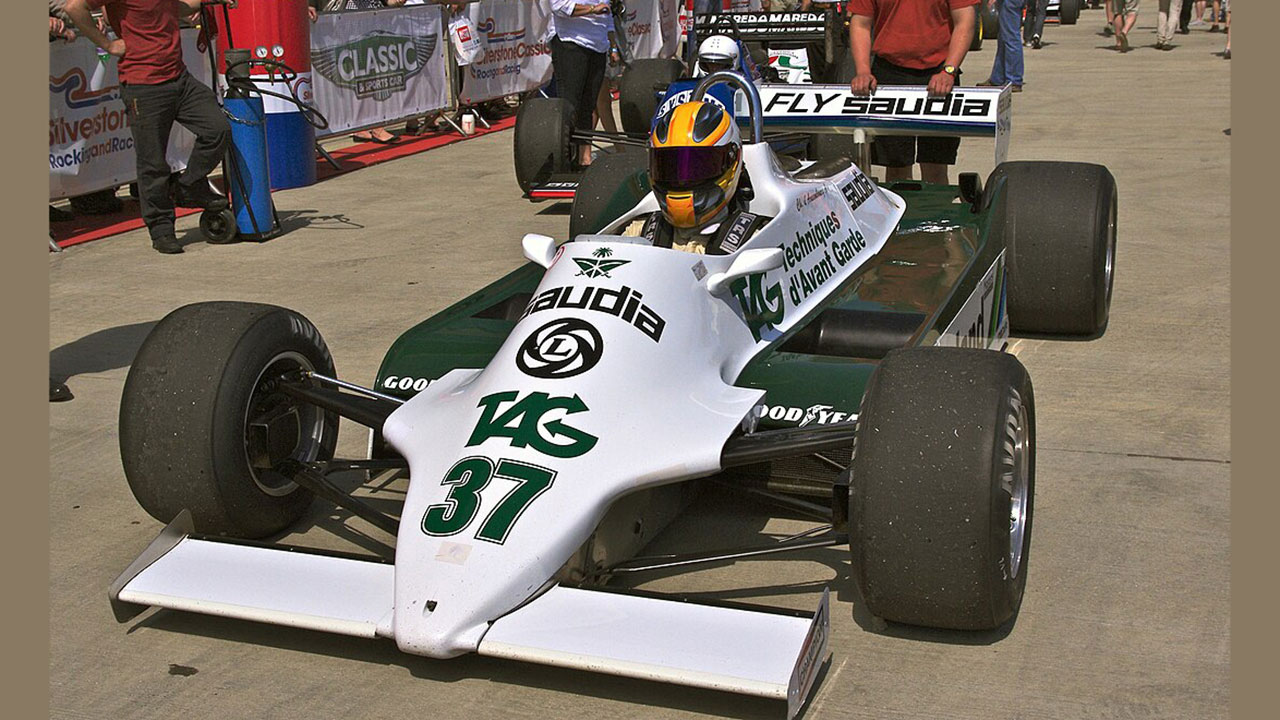
The Williams FW07D was an experimental version of the successful FW07, featuring six wheels. Introduced in 1981, the car was part of Williams’ efforts to explore the benefits of additional traction and reduced drag.
Although the FW07D never raced, its development provided valuable insights into aerodynamics and vehicle dynamics. The six-wheel concept was eventually abandoned due to regulatory changes and practical challenges. However, the FW07D remains a testament to Williams’ willingness to innovate and push the boundaries of conventional design.
Porsche 917/10
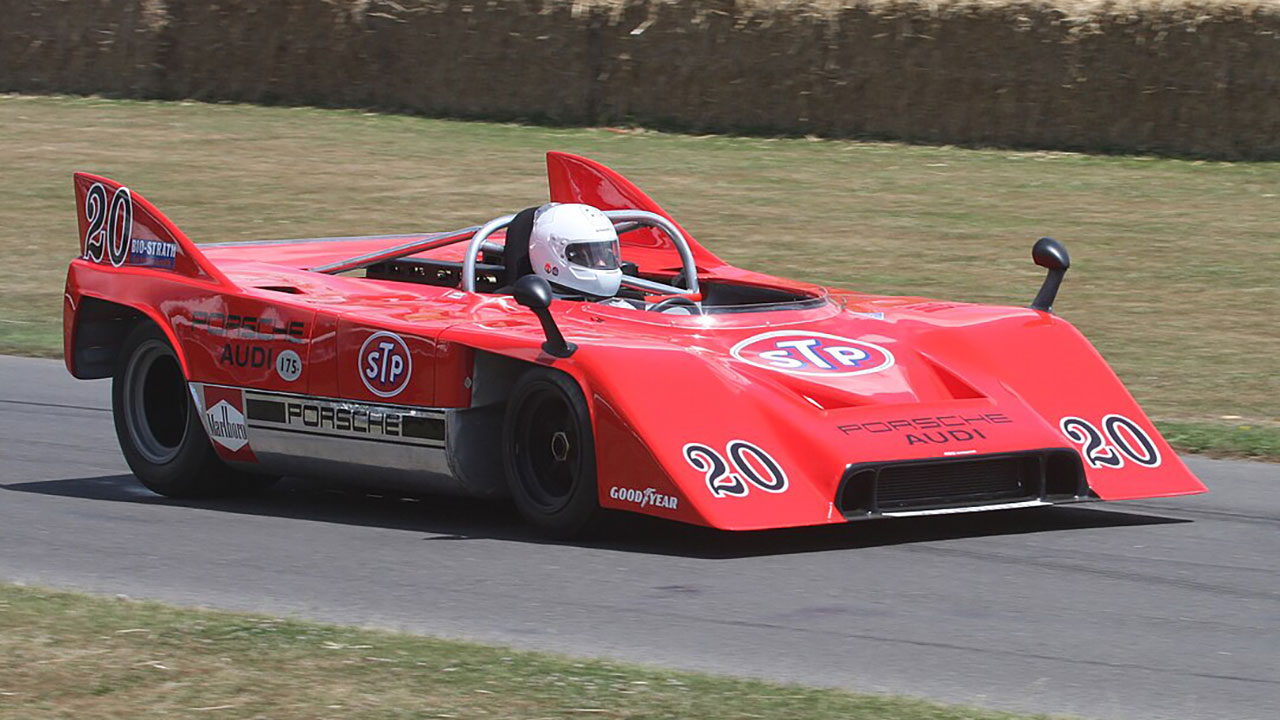
The Porsche 917/10 was a dominant force in the Can-Am series during the early 1970s. Equipped with a turbocharged flat-12 engine, it was capable of producing over 1,000 horsepower, making it one of the most powerful race cars of its time.
Despite its success in individual races, the 917/10 never secured a championship title. The car’s immense power and speed were often offset by reliability issues and fierce competition from McLaren and other manufacturers. Nevertheless, the 917/10’s legacy lives on as a symbol of Porsche’s engineering excellence and competitive spirit.
Alfa Romeo 179

The Alfa Romeo 179 was a Formula 1 car that competed from 1979 to 1982. It marked Alfa Romeo’s return to Formula 1 as a constructor after a long absence. The car featured a naturally aspirated V12 engine and showcased promising speed.
Despite its potential, the 179 struggled with reliability and consistency, preventing it from achieving significant success. The car’s best results came in the form of podium finishes, but it never secured a win. The Alfa Romeo 179 remains a notable chapter in the brand’s storied history in motorsport.
Tyrrell P34
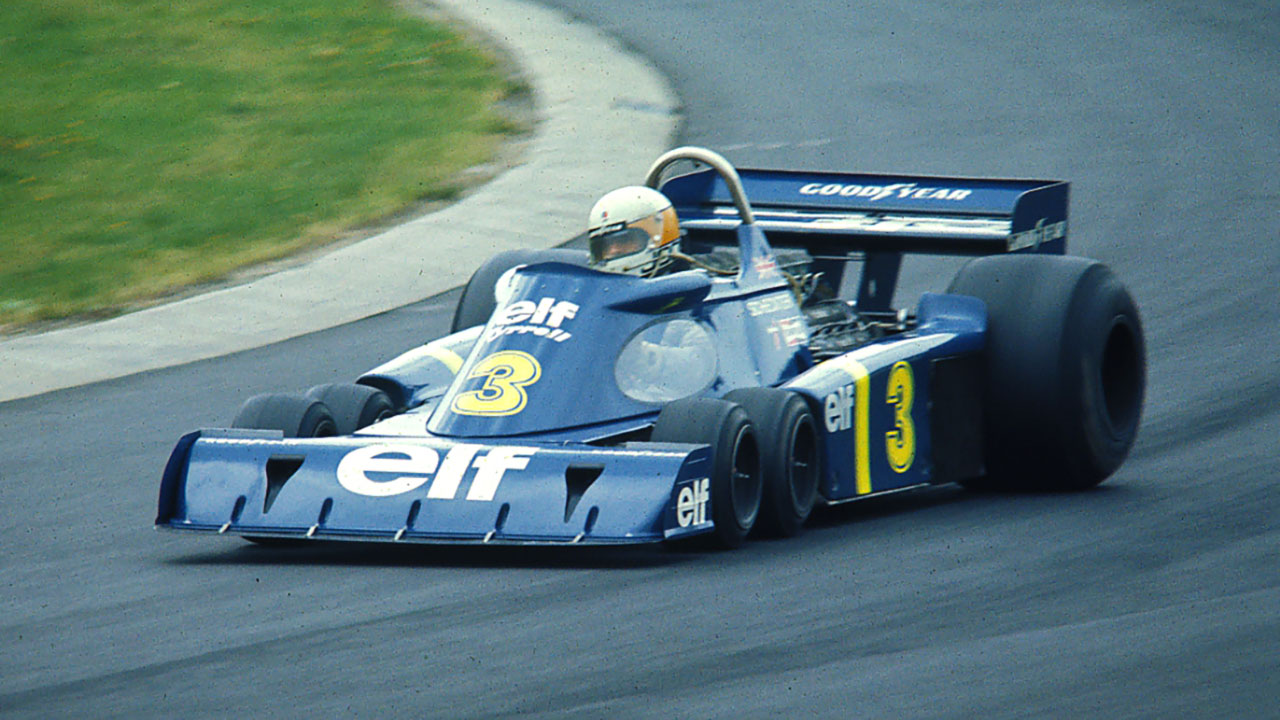
The Tyrrell P34, introduced in 1976, was one of the most unconventional Formula 1 cars ever built, featuring six wheels. The design aimed to reduce aerodynamic drag and improve cornering performance. It achieved a memorable victory at the 1976 Swedish Grand Prix.
Despite its innovative design, the P34 faced challenges with tire development and maintenance, which limited its competitiveness. The car was retired after the 1977 season, but its unique approach to engineering left a lasting impact on the sport and remains a fan favorite.
Bugatti Type 57G Tank
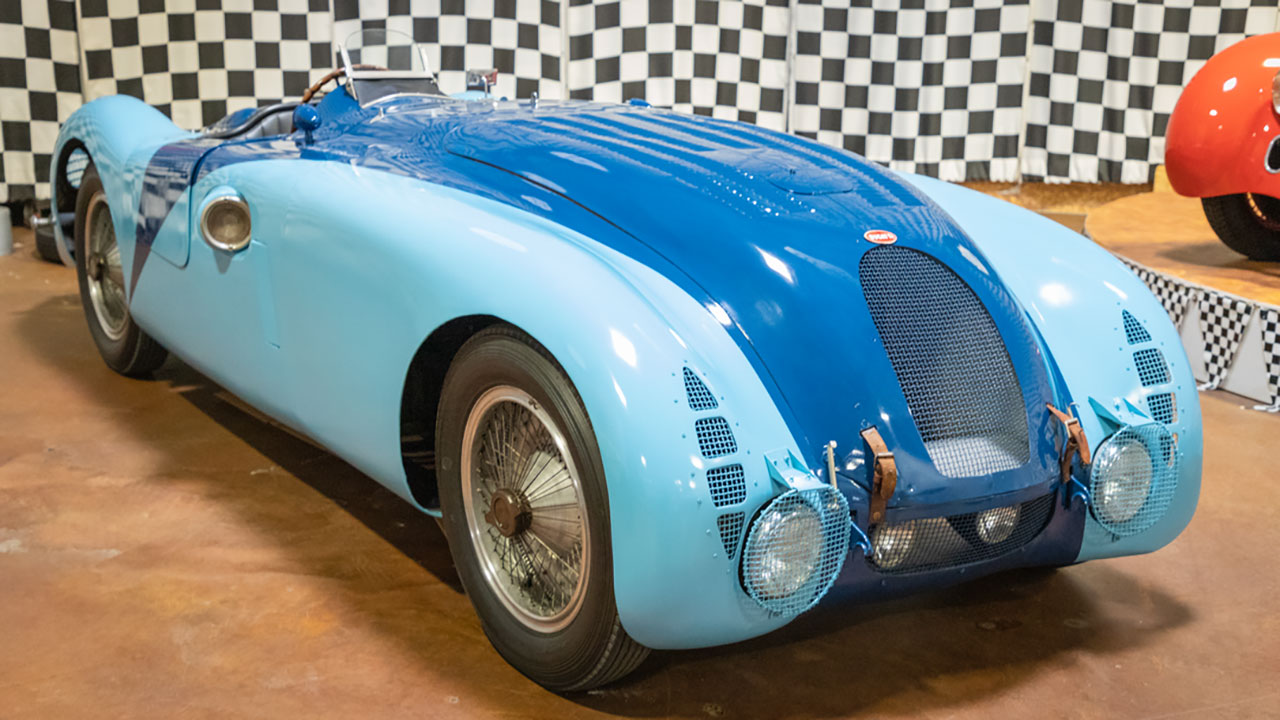
The Bugatti Type 57G Tank was a sports car that competed in the late 1930s. It was known for its aerodynamic design and powerful engine, which helped it achieve success in endurance racing. The car’s most notable victory came at the 1937 24 Hours of Le Mans.
Despite its success in individual races, the Type 57G Tank never secured a championship title. Its innovative design and engineering excellence made it a standout in its era, and it remains a celebrated part of Bugatti’s rich racing heritage.
Like Fast Lane Only’s content? Be sure to follow us.
Here’s more from us:
*Created with AI assistance and editor review.



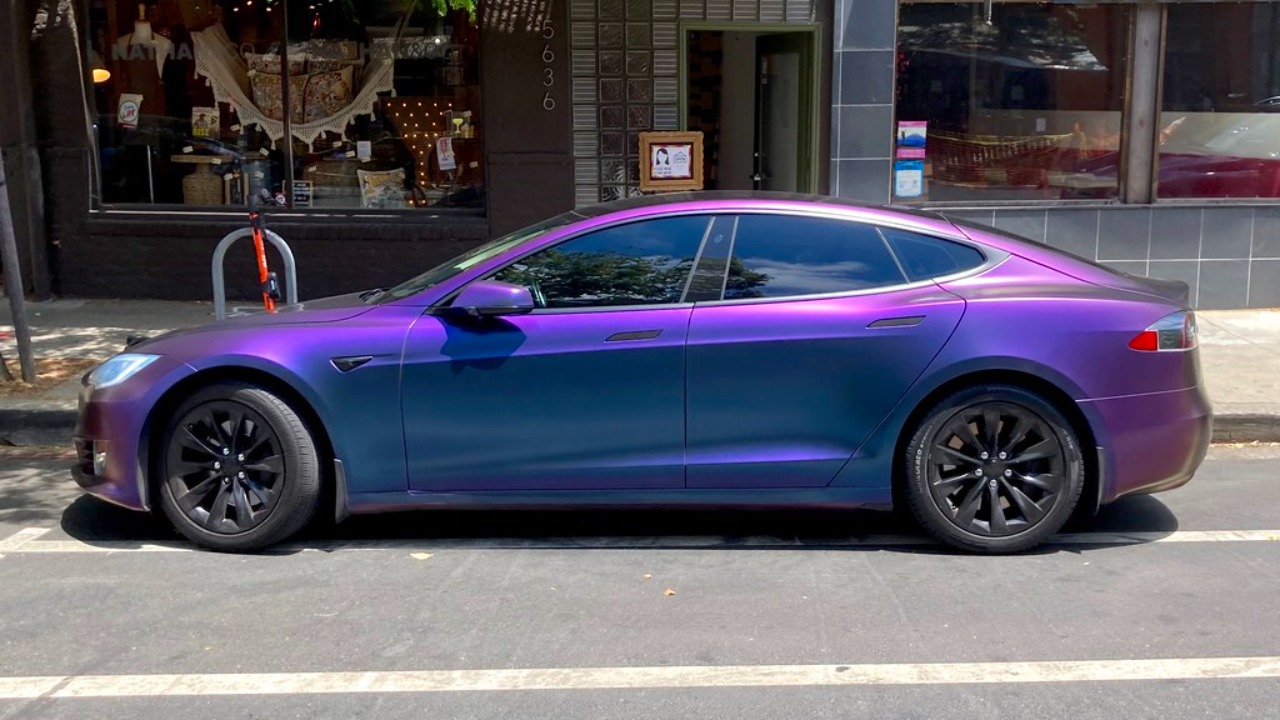
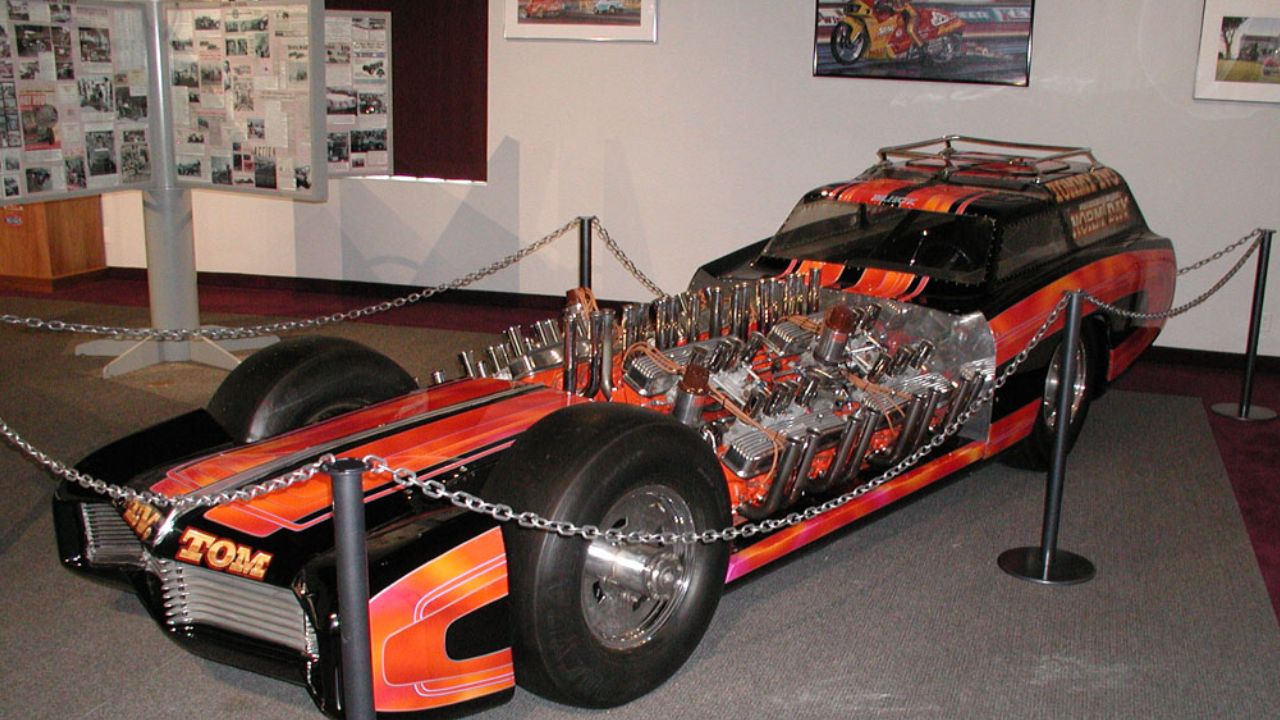
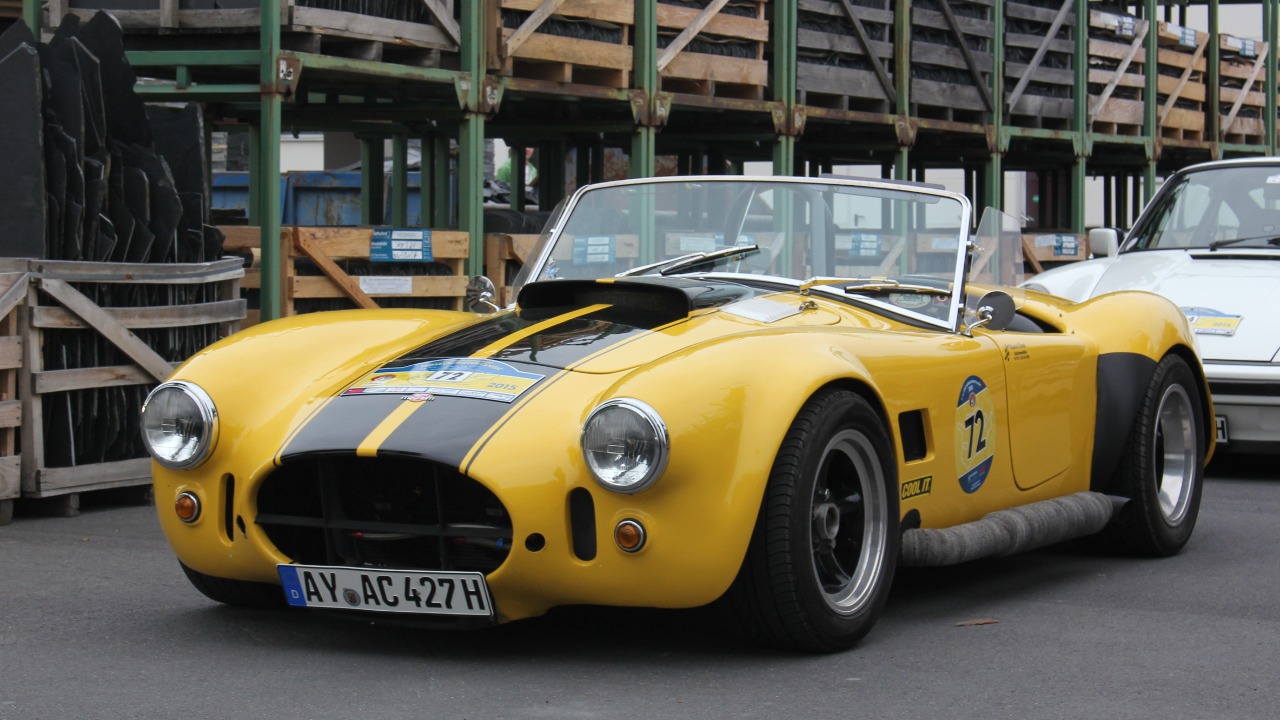

Leave a Reply